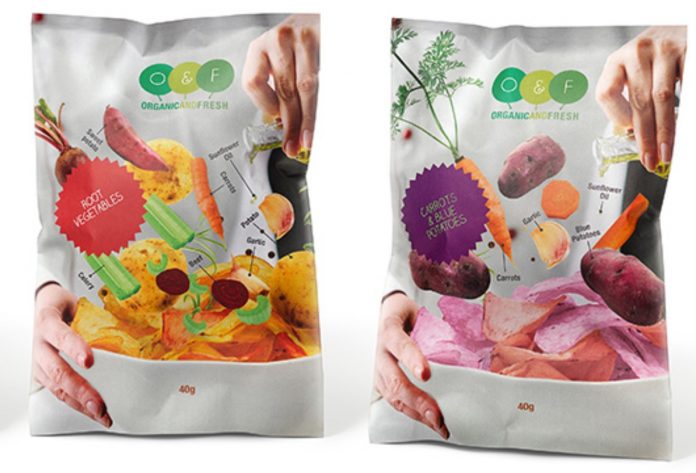Flexible packaging is changing the way we see products. It is becoming more and more popular each day, especially in the world of food packaging. If you are in the food industry and manage a home-based food business, you may have already adopted flexible packaging or are thinking of using it. Here are 7 unique benefits you can attain by integrating flexible packaging in your operations.
1. Lasts Longer Than Traditional Packaging
Do not be fooled by the flexible nature of this packaging. When it comes to durability, it is far more resilient as compared to the traditional glass and plastics, which can be easily damaged when improperly handled or accidentally dropped. Products packaged using the modern flexible packaging materials can reach the consumers without being damaged or the contents being compromised due to breakages.
2. Innovative and Creative Designs
This type of packaging allows manufacturers to be as creative as they can be when it comes to designing their product’s look. Flexible packaging printing and fixing logos on your products’ packages are much easier than with rigid traditional means. The outcome is more appealing to the eyes. This process gives manufacturers the chance to easily experiment with several designs until they come up with a product design that they truly want, which resonates with customers the most.
3. Lightweight
This is probably the most notable feature of flexible packaging. When compared to traditional packaging like with glass or plastic bottles, flexible packaging uses fewer raw materials. This means that more packaging can be made with fewer materials and less packaging costs will be incurred.
4. Cost-Effective Transportation
As stated above, flexible packaging makes the products much lighter. This means that the products will require less storage space and reduced transportation costs since a truck can carry a larger number of packages. Traditional packaging methods are too limiting and quite big, and that translates to higher transportation costs.
5. Great Branding and Marketing Opportunity
This goes hand in hand with innovative designing. Creative designing equals improved product branding. The way a product is branded, including the color, size and shape will influence how competitive it will be in the market. Correct branding will determine the product reception by consumers. It can affect whether a product will be positively received or resisted by customers.
6. Ensures Product Safety
Flexible food packaging ensures product protection as it keeps food products much safer and fresher for longer. They are designed to protect the products from moisture, oxygen, light and substances that can reduce the life cycle of the product.
7. Good for the Environment
One of the major advantages of flexible packaging is that it uses fewer materials during the manufacturing stage. The result is less waste, less water and energy usage, and your business will be helping the environment by designing the packaging with an eco-friendly mission. This means less power is consumed to get your products ready for shipment or to be placed in stores.
Conclusion
If you are yet to adopt flexible packaging for your products, maybe now is the time to incorporate these advantages into your manufacturing and design strategies. In a nutshell, you will save money on tasks in the warehouses, the transportation, product packaging materials and also will make the products look attractive. Just go to a nearby superstore and see how gorgeous the products look on the shelves when packaged with flexible packaging, and try it out today for your food business.
Find a Home-Based Business to Start-Up >>> Hundreds of Business Listings.

















































